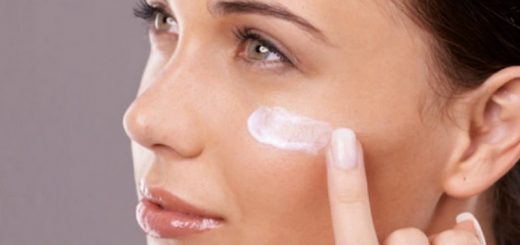Preservative for Wipes
Wet wipe preservation poses a number of unique issues not seen in other liquid products, and typically necessitates a one-of-a-kind solution combining a variety of preservatives to ensure total protection against microbiological contamination. Interactions between the liquid and substrate, as well as the preservative and wipe substrate, complicate the normal concern about matching a preservative to a specific formulation. The situation is further complicated by a range of various packing types. In addition to these fundamental issues, the current trend in marketing personal care products that do not contain problematic preservative compounds is causing the formulator additional difficulties.

The demand that products contain no parabens, formaldehyde contributors, or preservatives is becoming more common and mainstream. Removing these well-known and well-used actives from the formulators’ list of approved substances necessitates an entirely different approach to the preservation procedure. Emollients and cationic actives are increasingly being used to supplement, if not completely replace, traditional preservatives.
Preservatives are required in the aqueous phase of wet wipe products to kill or limit the growth of various microorganisms such as bacteria, yeasts, and moulds. The traditional method of limiting microbiological activity is to use a chemical preservative ingredient spread or dissolved in the aqueous phase of a wet wipe lotion. It has recently become commercially desired to produce and market wet wipe products maintained using chemicals that are “natural,” that is, chemicals that are present in or derived from natural materials.
Natural preservatives, for instance, honey and some other chemical preservatives are effective for ensuring the long life of the products as well as protecting you from catching an infectious bacterial disease aggravated inside them. For water-based products, preservatives are indispensable for the destruction of microorganisms and water-borne germs as well as averting the development of mould, bacteria, and yeast.
The most efficient natural preservatives that have antimicrobial qualities are oregano, honey, tea tree oils, and thyme. Besides natural preservatives,some chemical and synthetic preservatives can be less harmful to your skin. However, the demand for natural preservatives that exclude formaldehyde contributors or parabens is on the rise. The right selection of preservatives is crucial for avoiding allergic reactions to the body. When choosing preservatives for wet wipes, one necessitates considering multiple factors, for example, formulation of the wet wipe liquid, type of packaging, pH value, quality of the substrate and raw materials, company policy, etc.
Adding the right amount of an active ingredient can not deal with different issues, such as different storage conditions, different packaging, possible microorganisms, and the numerous diversities of the raw materials. A variety of preservative systems that include natural preservatives and are harmless to the skin is essential for wet wipe preservation.For more information about preservatives for wipes, please visit this site.


